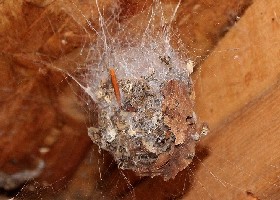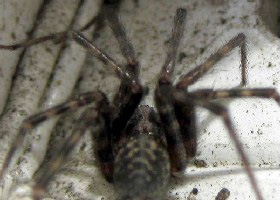Large House Spider Eratigena duellica
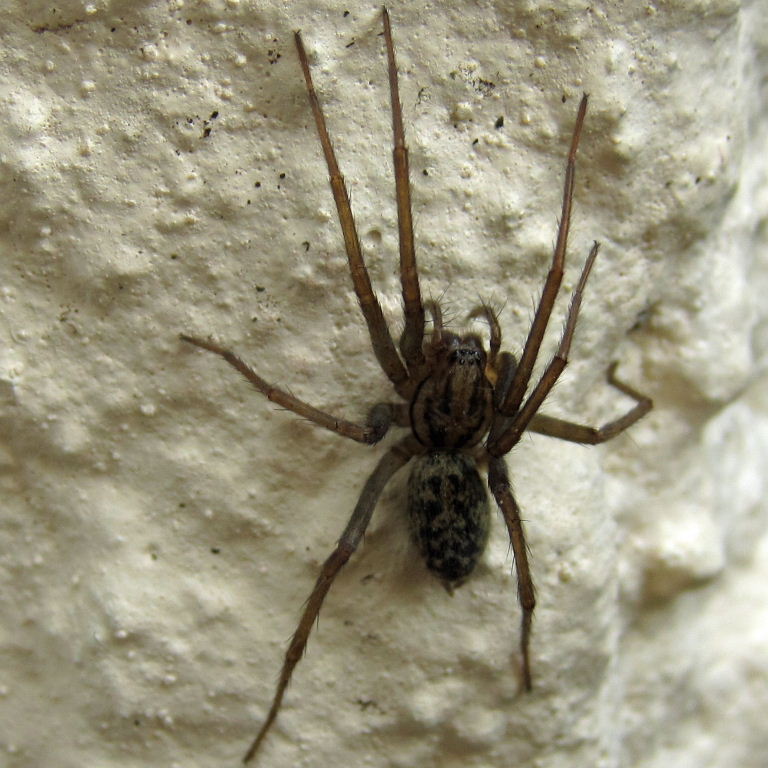
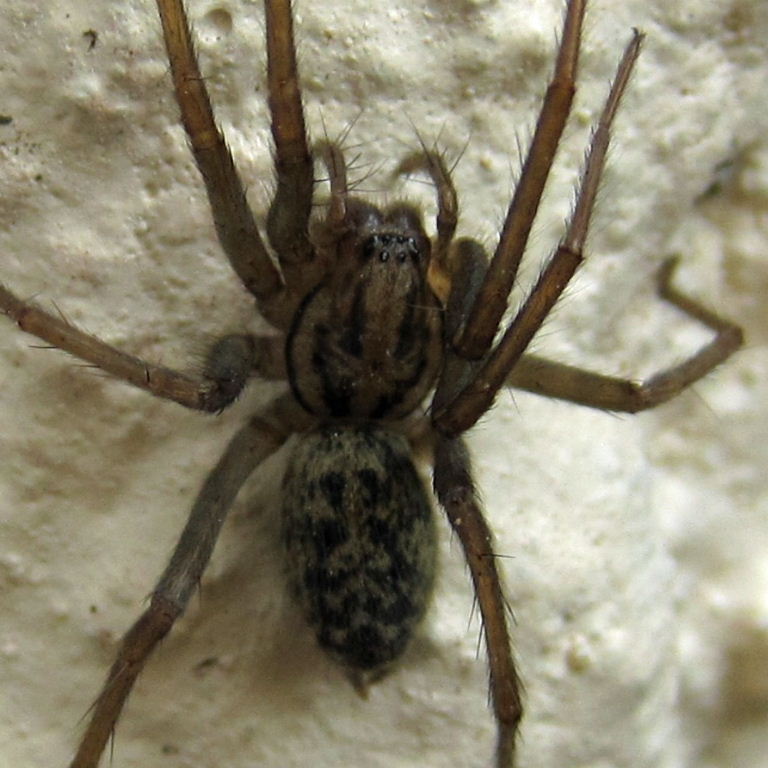
The Large House Spider, also called Giant House Spider, is native to much of Europe and introduced
to North America.
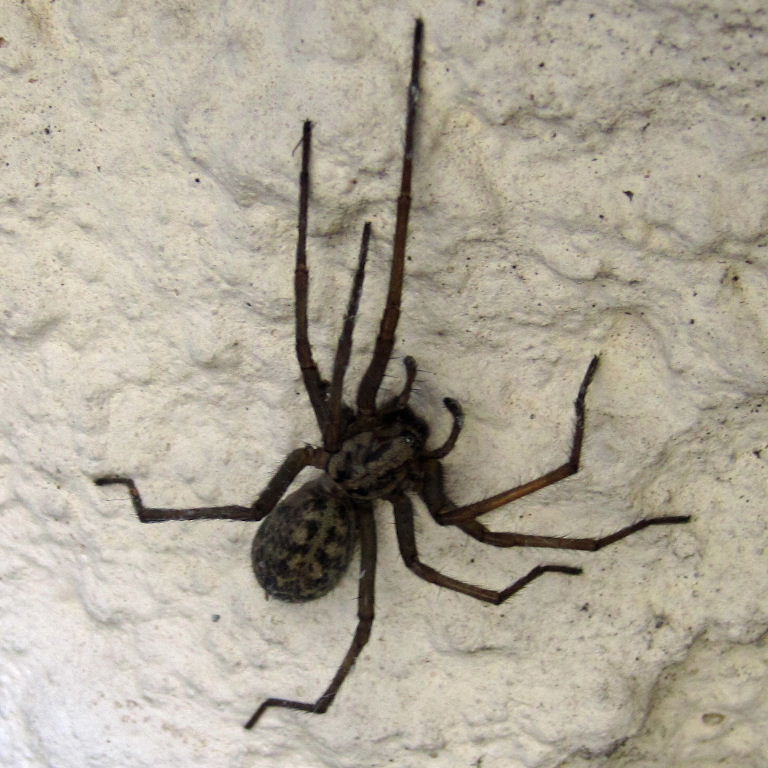

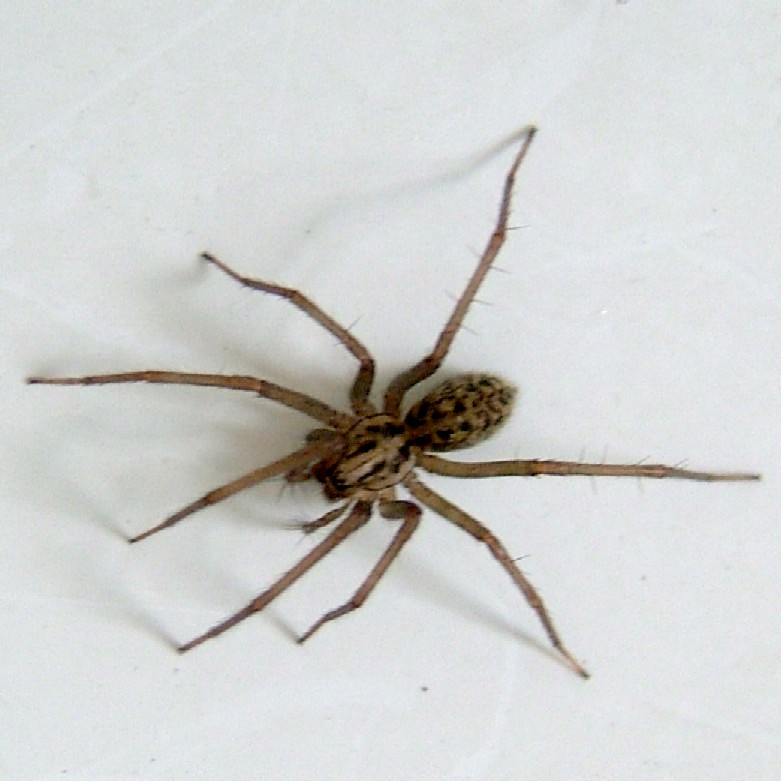
The Large House Spider is often found in baths/basins as well as scuttling across floors and in sheds/outhouses.
It has extremely long legs and a variegated light brown on dark brown pattern. The female has a body size of up to 11-16mm long and legspan of over 35mm (each).
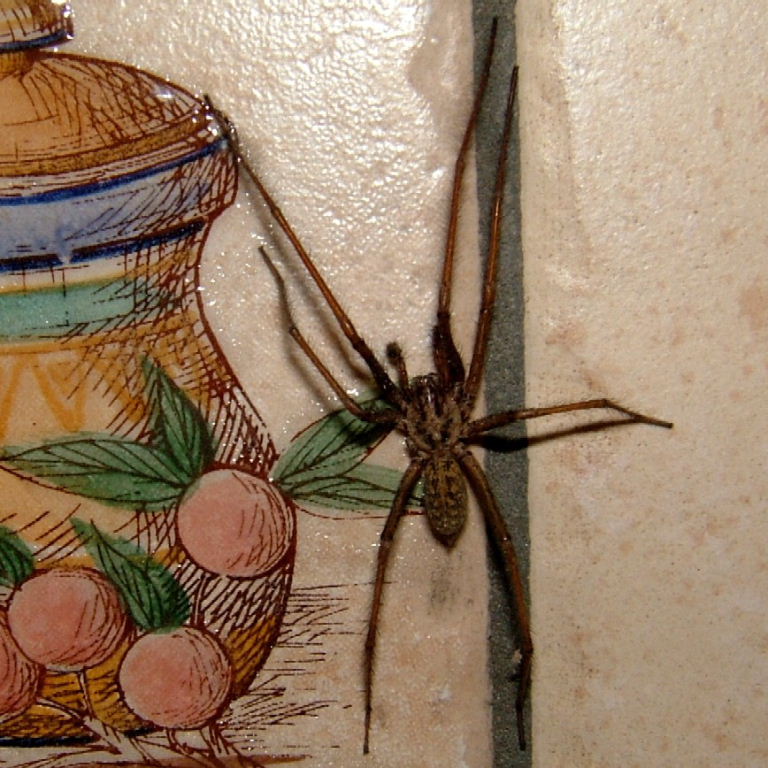
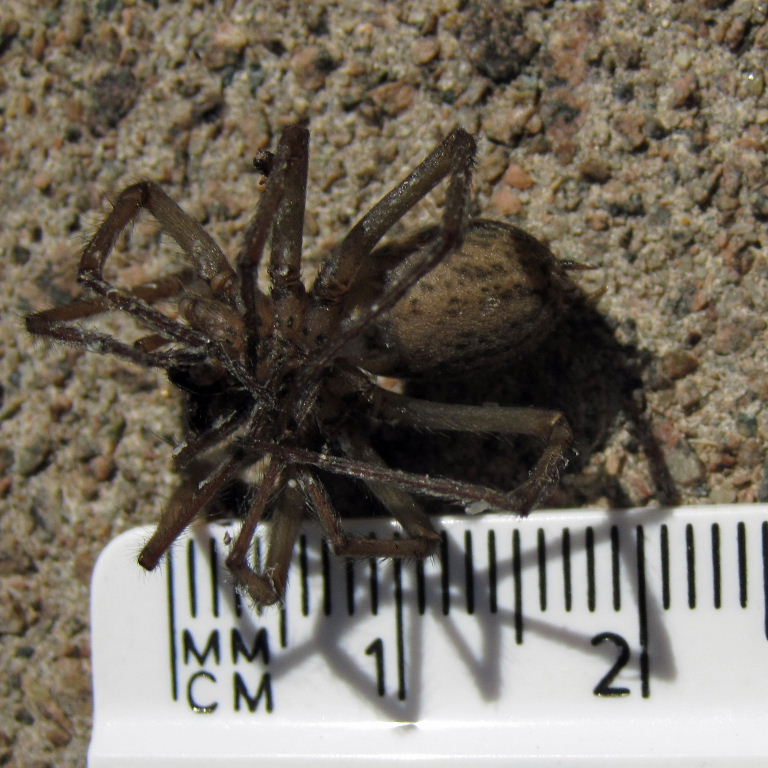 Female 16mm head/body size.
Female 16mm head/body size.
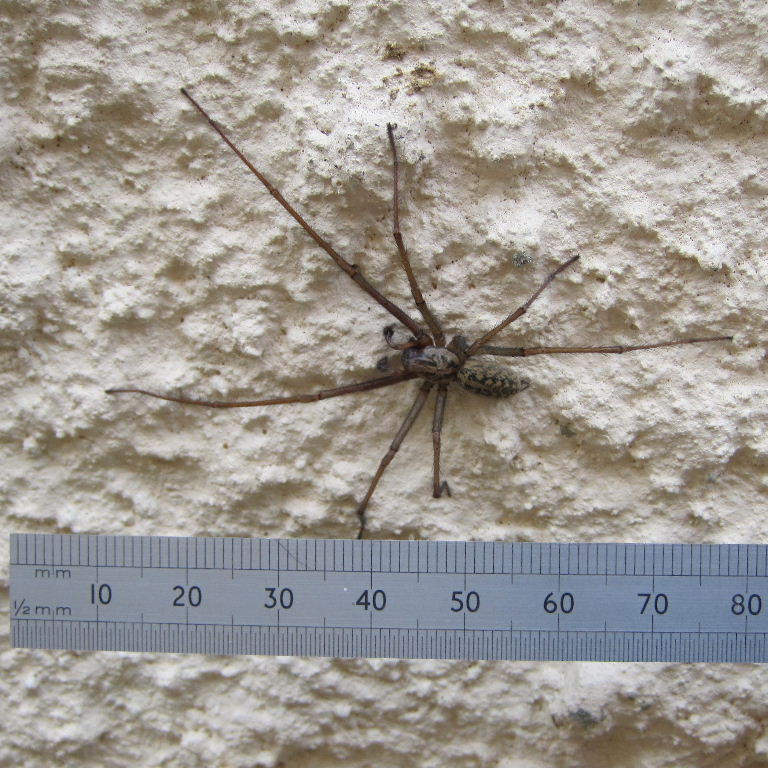 Male: smaller, more elongated body; longer, thinner legs; club-like palps and roaming far from home.
Male: smaller, more elongated body; longer, thinner legs; club-like palps and roaming far from home.
Mainly nocturnal, the female builds thick, sheet-like webs, often found in roof/floor spaces, garages and sheds.
The female is larger-bodied than the male. She lives for a couple of years whereas he lives a year or so and dies soon after mating.
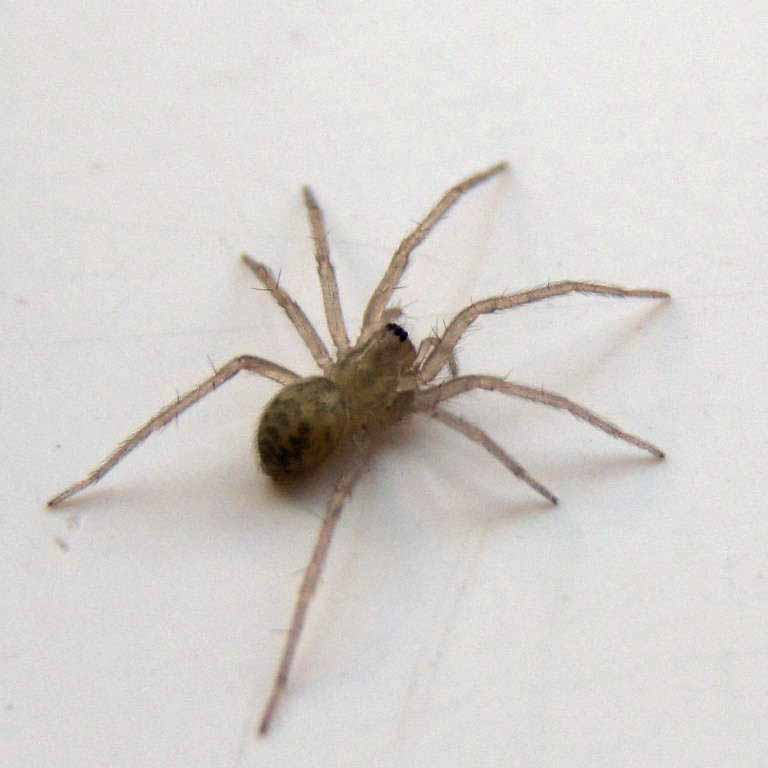
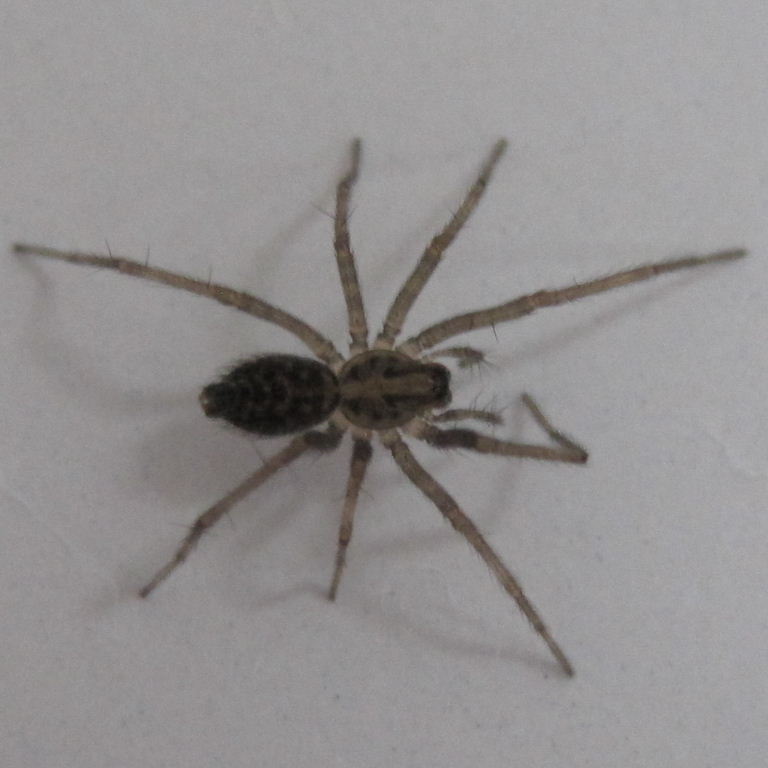
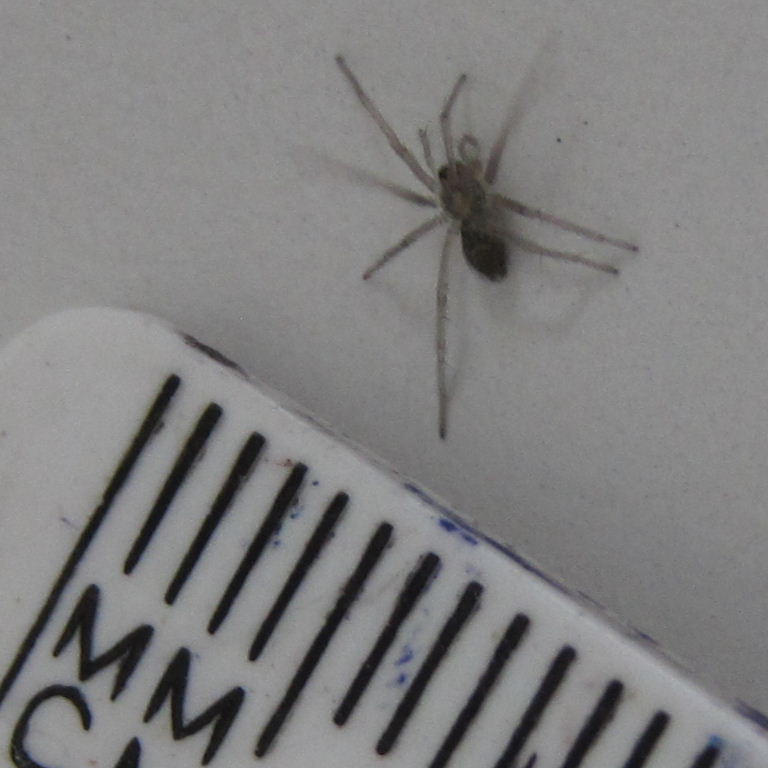
These House spiderlings are some 3-4mm head/body length.
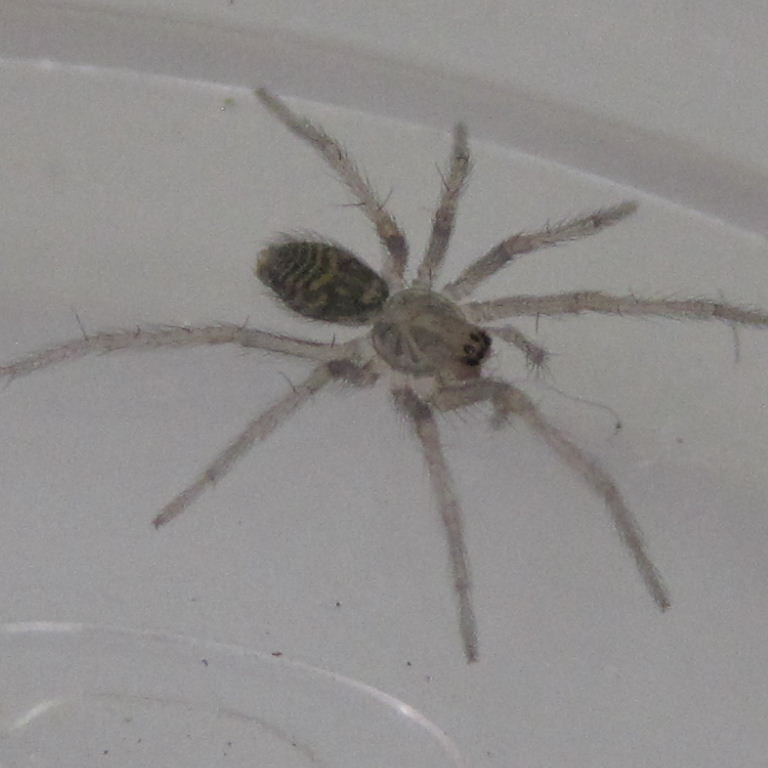
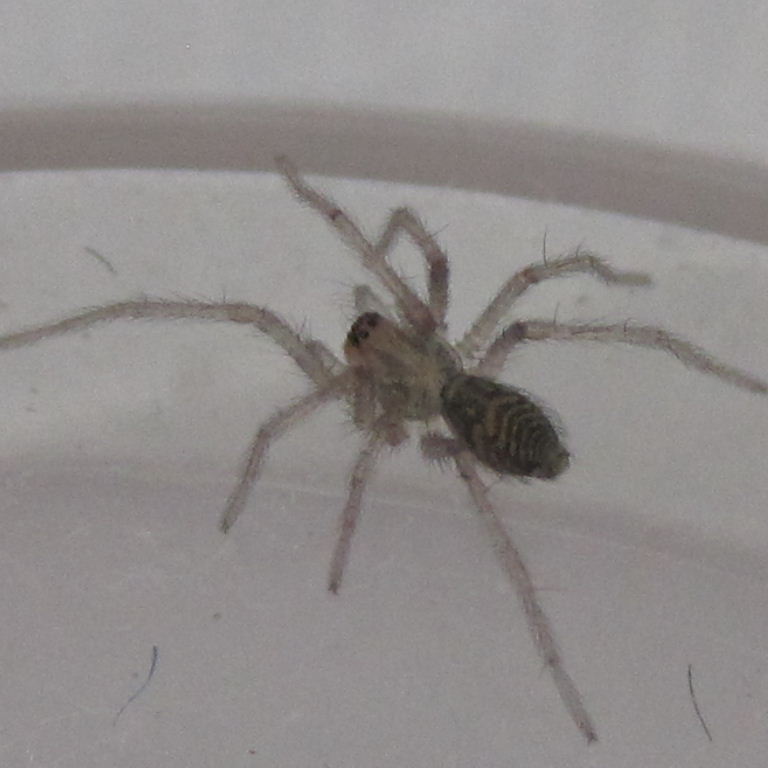
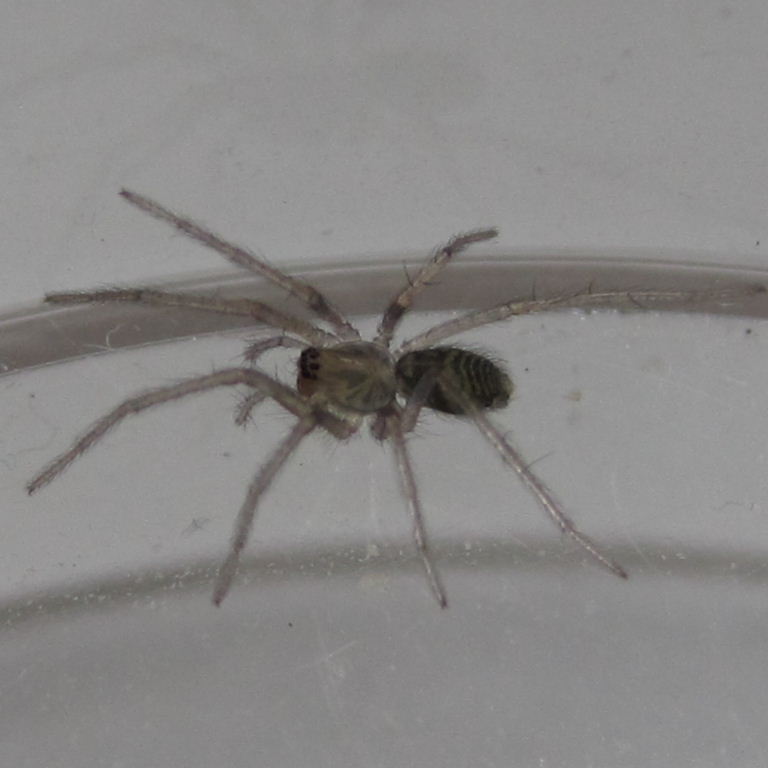
They are already showing their adult markings on head and body.
There are 3 species of Large House Spider prevalent in the UK, all visually similar in size and markings and all
with plain, unbanded legs: Eratigena duellica in the east, southeast and north; E. saeva mainly in the west, southwest and north;
and E. atrica around Newcastle and rare elsewhere. The Common House Spider, Tegenaria domestica, is much smaller, with a
female body size of up to 10mm, and has annulated (banded) legs. Many thanks to Dr Geoff Oxford of the British Arachnological Society for
correcting the species information on this page in regard to the Large House Spiders.


